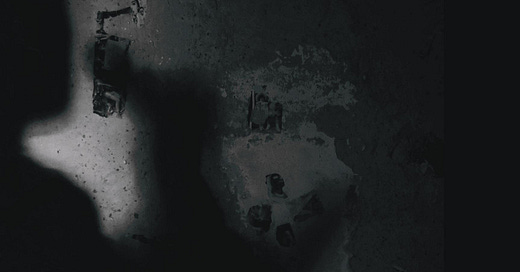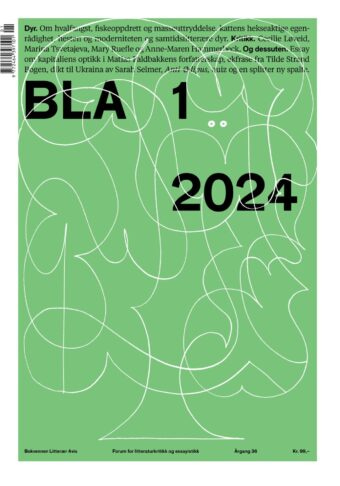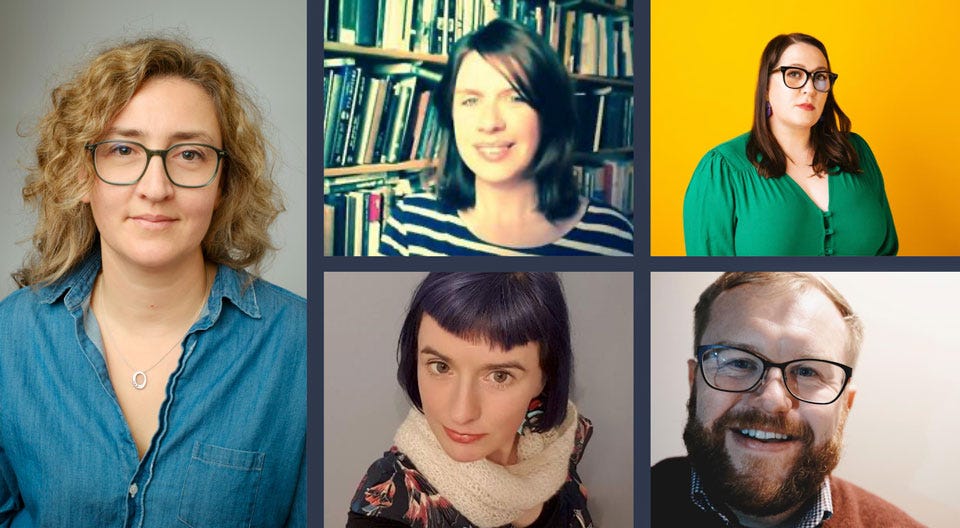Theodor Adorno famously wrote (in an oft-misquoted statement) that “To write poetry after Auschwitz is barbaric.” Not impossible as it is often rendered but barbaric. He wrote that in 1949 in a particular context. Here is a fuller quote:
Cultural criticism finds itself today faced with the final state of the dialectic of culture and barbarism. To write poetry after Auschwitz is barbaric. And this corrodes even the knowledge of why it has become impossible to write poetry today. Absolute reification, which presupposed intellectual progress as one of its elements, is now preparing to absorb the mind entirely. Critical intelligence cannot be equal to this challenge as long as it confines itself to self-satisfied contemplation.
A number of years ago, I did something I never thought I would, and in essence wrote what I suppose could be called a “Holocaust poem”. The poem “Stumblestone”, anglicising the stolperstein which have become familiar all over cities in Europe which once were home to thriving Jewish communities, appeared in my 2019 collection Northly but was first published that spring/summer in an issue of Banshee and can be read here. I wrote the poem after noticing a single stumblestone outside of the pub where I then worked, that was ironically often covered in cigarette butts. Ironic not just because of the image of ash (and all that intones in this case), but also because the man it commemorated had once worked as a cigarette roller.
The Holocaust has been on my mind especially in recent months. In November, I volunteered to clean some of the stumblestone/stolperstein/snublestein in Oslo for the first time. It was an instructive experience of the fear of recurrent antisemitism that the small Jewish communities in a country like Norway experience, where they are an officially recognised national minority. More recently, as we approached International Holocaust Remembrance Day, I was reading classicist Daniel Mendelsohn’s The Lost: A Search for Six of Six Million. This extraordinary narrative of his attempts to discover the fates of six of his family members who had lived in what was then Bolechow (and is now Bolekhiv in Ukraine) is a tour-de-force, even now as it approaches its 20th anniversary since first publication. It first came out in 2006, and has had numerous editions since (the one beside me from 2013). The book is notable for a number of things, including the photographs interspersed throughout taken mainly by Mendelsohn’s brother Matt. Towards the end of the book, as Mendelsohn finds himself returning to Lviv, he is accompanied by Lane Montgomery who had been working on a long-term photo essay project about sites of genocide. Mendelsohn writes:
…I had been hearing about her trips to Rwanda, Darfur, Cambodia, Bosnia, an ever-lenghtening list that suggested, as she liked to say, that NEVER AGAIN was an empty slogan. So Lane had been to all those places. Her problem, she told me, was that she hadn’t figured out her approach to the Holocaust yet. Auschwitz, she feared, had become a visual cliche—it lets you off the hook, was how she put it to me… I thought of the woman who’d said, If I don’t get an Evian I’m going to pass out, of the cattle car car you can ride in the Holocaust Museum, of the ARBEIT MACHT FREI electronic postcards you can get at the online Terezin Museum. Yes, I said, I agree.
This quote hung very much in mind, along with another from the book “that often it is the small things, rather than the big picture, that mind can comfortably grasp: that, for instance, it is naturally more appealing to readers to absorb the meaning of a vast historical event through the story of a single family”, when I went to see the film The Zone of Interest last week. I liked the film a great deal, and thought it did a great job of representing the Arendtian banality of evil of this family essentially playing house all the while ashes rise in ever greater heaps of smoke from the chimneys of Auschwitz, with screams and gunshots just out of view. The anxiety inducing score of the movie, the visual fades to red and black, the negative image of the girl leaving fruit all about, all added up to a striking visual exploration of the sheer mundanity, the numbing effect of mass killing on an industrial scale (but importantly also after the rationalising logic of industrialization) that Auschwitz has come to be a visual cliche for.
Indeed, for me the most affecting scenes in many ways were those in which the visual and mechanical plans (literally the architectural drawings) for the new and improved methods of killing were discussed as would any part of any modern industrial factory be in other contexts.
Yet, something niggles as I think back on the film. In the end, focusing as it does on the cognitive dissonance of the perpetrators, the victims are again nullified. One reason I felt so compelled to write my poem when I did was because here was a single name, a single story, of an actual person I felt I could tell. Mendelsohn’s book is so powerful, so gripping, so moving because it keeps its eye—however roving it otherwise can be—squarely on those who suffered, over and above his own feelings and over and above the perpetrators.
Mendelsohn’s experience of the cattle cars in Auschwitz came back to me too over the weekend while reading the current issue of Bokvennens Litterær Avis, Norway’s only monthly periodical dedicated entirely to literature. This issue of BLA deals with the animal.
One essay in particular, “Animals, Modernity and Norwegian Mass Violence”, [paywall/Norwegian] written by Fredrik Hagen takes as its starting point the industrial slaughter of whales in nineteenth century Norway and moves to the horrors of farmed salmon in the fjords before finally drawing on the industrial scale of killing these represent to consider the Holocaust (his main research and teaching subject). He writes (my translation) that:
Despite the central position the Holocaust has in our collective memory and our understanding of ourselves after the war, there are not many photographs documenting the Nazis' mass murder of European Jews. The few images that exist have therefore been charged with symbolic weight. The most famous photos we have come from the so-called "Auschwitz album" and show people on the train platform in Auschwitz. They have arrived at the death camp in cattle cars and they seem to be moving as a mass towards what we know today as the gas chambers. These cow carts, originally used to transport cattle to slaughter, have become one of the most immediately recognizable symbols associated with the Holocaust because of these images.
The images from the killing camps thus resemble images of animal slaughter. This is primarily because the Nazis learned from the agricultural industry. Cattle cars are efficient for transporting large numbers of people, and they are cheap to produce. But it is also because in our inmost selves we constantly draw connections between different phenomena that resemble one other.
Going on to quote Isaac Bashevis Singer “for the animals it is an eternal Treblinka”, but not wanting to make a crude or crass comparison Hagen wonders what the fact that the modern means of animal slaughter and the Holocaust may have in common with one another, seeing them as mirror images of each other. He concludes by stating that what is most important is “to see past the rings on the water's surface, and dive into the life and death that exist down there in the cages.”
Another journal on my proverbial (& even literal) nightstand of late is Tripwire 19, a special issue of the Oakland, California-based journal that has a large section dedicated to Sean Bonney, who passed in 2019. There are many excellent essays included, as well as group conversations, discussions of translations of Sean’s work and more besides. For anyone who still reads Sean’s books with regularity, it is a must-have companion to his work.
The soundtrack of the start of 2024 for me has been the new album by Beirut, Hadsel to which I have been listening somewhat obsessively.
It was thrown up by the algorithm to me by Spotify and I was struck immediately by a strange familiarity by the opening chords of the title track, which opens the album. When I began reading about it, I realised that the album had been partially conceived and recorded here in Norway, and that Hadsel, which had a familiar feel on my lips, was indeed a place in northern Norway. The sound of Norwegian church organs that runs like a throughline between the various tracks on the album with its heavy Norwegian influence in many of the song titles, was instantly recognisable to me.
With a runtime of just over 45mins, it is the ideal length for a walk in the cold snowy weather of January and February.
Before I let you go for now, just to let people know I will be part of a fantastic panel at the end of March at No Alibis bookshop in Belfast as part of the Imagine! Belfast Festival. The discussion will take up the vexed question of “CAN WE IMAGINE HISTORY?” Catch you there!








I’ve only heard about new Beirut album from you. So thanks! Ever listened to the ep they recorded down in Oaxaca? Wish they’d done a whole album with that brass band